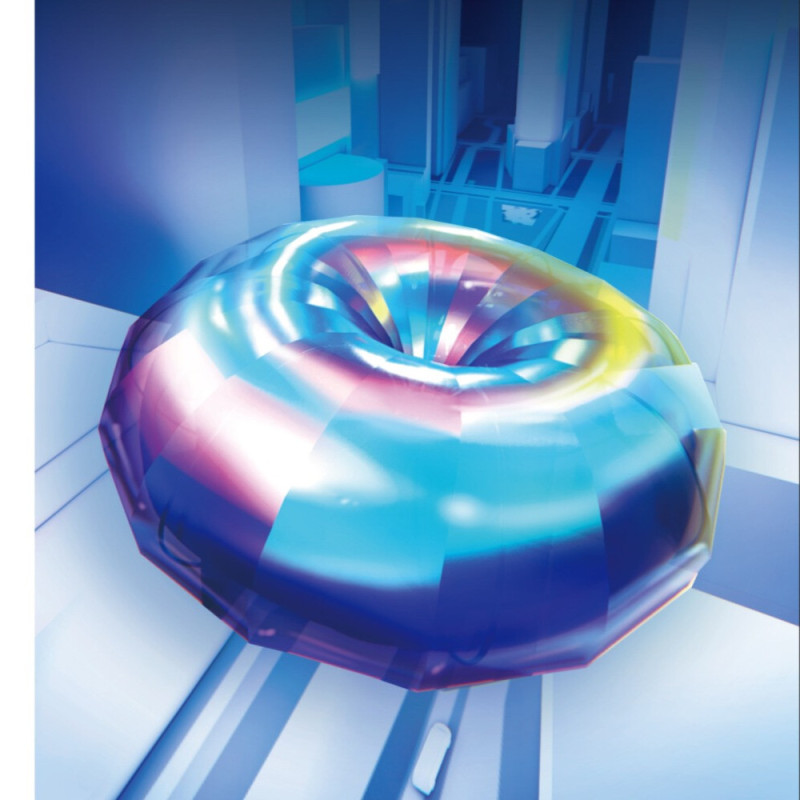5 key facts about this project
At its core, the project embodies a commitment to sustainability and environmental responsiveness. The use of locally sourced materials plays a pivotal role in reinforcing the connection between the architecture and its surroundings. This conscious choice of materiality not only reduces the carbon footprint associated with transportation but also fosters a sense of place through the incorporation of textures, colors, and forms that mirror the local context. A careful combination of materials such as concrete, timber, glass, and steel has been employed, each selected for its structural integrity and performance characteristics while contributing to the overall visual narrative of the project.
The architectural design emphasizes transparency and fluidity through extensive use of glass in the façade, inviting natural light to permeate the interiors while providing occupants with unobstructed views of the landscape. This design approach creates a seamless transition between inside and outside, blurring boundaries and promoting a sense of connection with nature. Walking through the space, one experiences a continuous flow that encourages movement and interaction, a testament to the foresight of the design in prioritizing user experience.
Functionality is another hallmark of this project, as it accommodates various activities with a versatile spatial configuration. Open-plan areas are complemented by dedicated spaces that allow for privacy and concentration, reflecting a comprehensive understanding of modern lifestyle requirements. The layout has been strategically designed to facilitate natural circulation, incorporating well-placed entry and exit points that enhance accessibility for all users. This thoughtful arrangement supports different modes of engagement, whether communal gatherings or solitary reflection are desired.
Unique design approaches have been employed to tackle challenges often faced in urban settings. For instance, the implementation of green roofs and walls not only enhances the building's aesthetic appeal but also contributes to biodiversity and mitigates urban heat effects. These features not only serve an environmental purpose but also offer occupants outdoor spaces that promote well-being and connectivity to nature, allowing for moments of respite amidst a bustling urban atmosphere.
Additionally, the project's incorporation of advanced building technologies reflects a forward-thinking attitude towards modern architecture. Systems for energy efficiency, such as solar panels and energy-efficient HVAC systems, underline the design’s commitment to sustainability. These technologies not only support the building’s operational efficiency but also serve as educational tools for occupants, fostering a greater awareness of environmental impact and responsibility.
Throughout the design process, attention to detail has been paramount. Fine craftsmanship is evident in elements such as custom joinery, fixtures, and finishes that reflect the project’s ethos of quality and durability. This level of detail contributes to the overall experience of the space, imbuing it with a sense of care and intentionality.
In summary, this architectural project represents a harmonious blend of innovative design, sustainability, and thoughtful functionality. It stands as a nuanced response to the demands of contemporary architecture while simultaneously engaging with the cultural and environmental characteristics of its location. By exploring the architectural plans, sections, and design elements presented, one can gain deeper insights into the project’s conceptual framework and its implications for modern architectural practice. This project not only showcases what is possible within the realm of contemporary architecture but also invites further exploration and appreciation of architectural ideas in the context of a rapidly evolving urban landscape.























